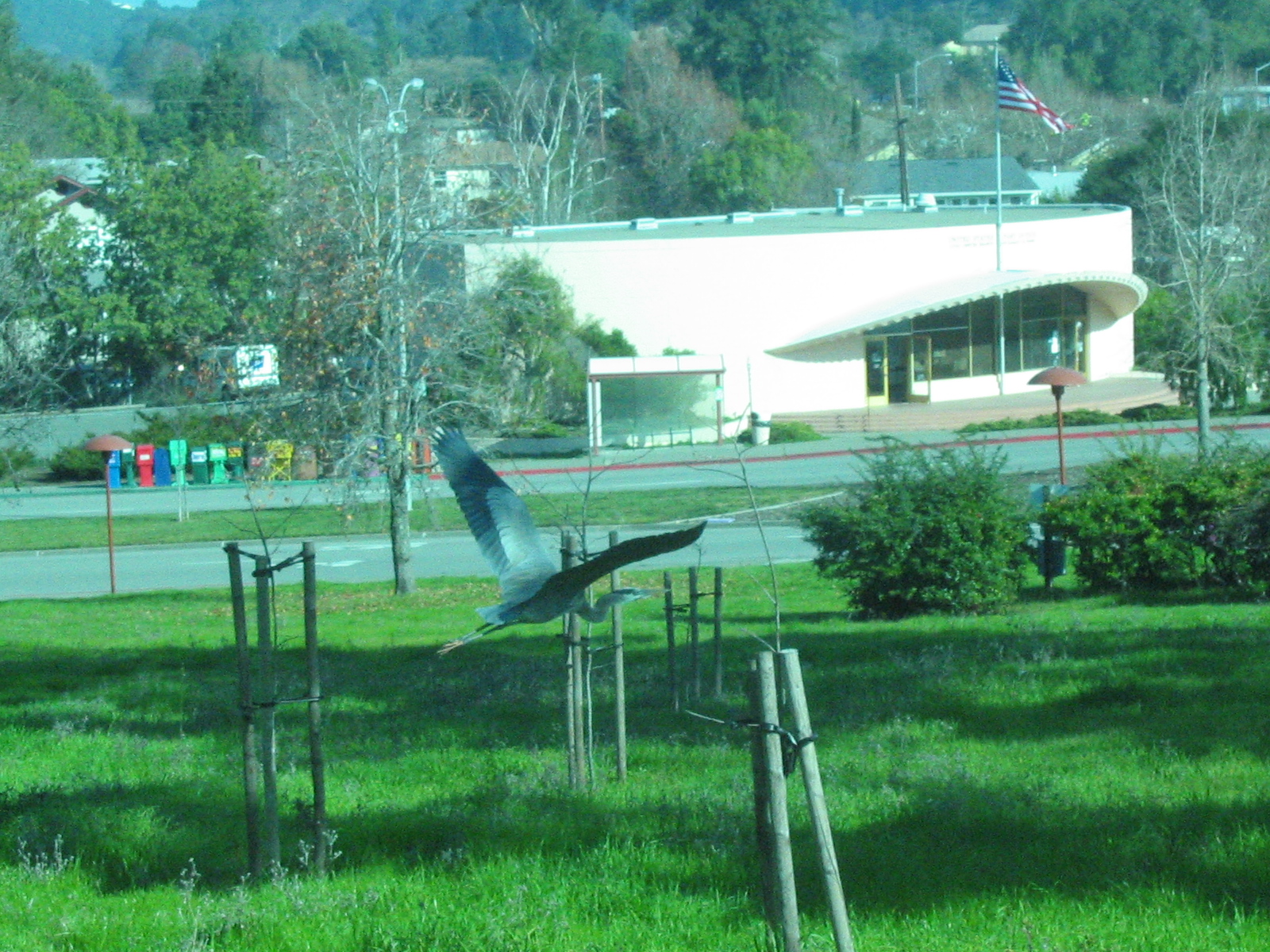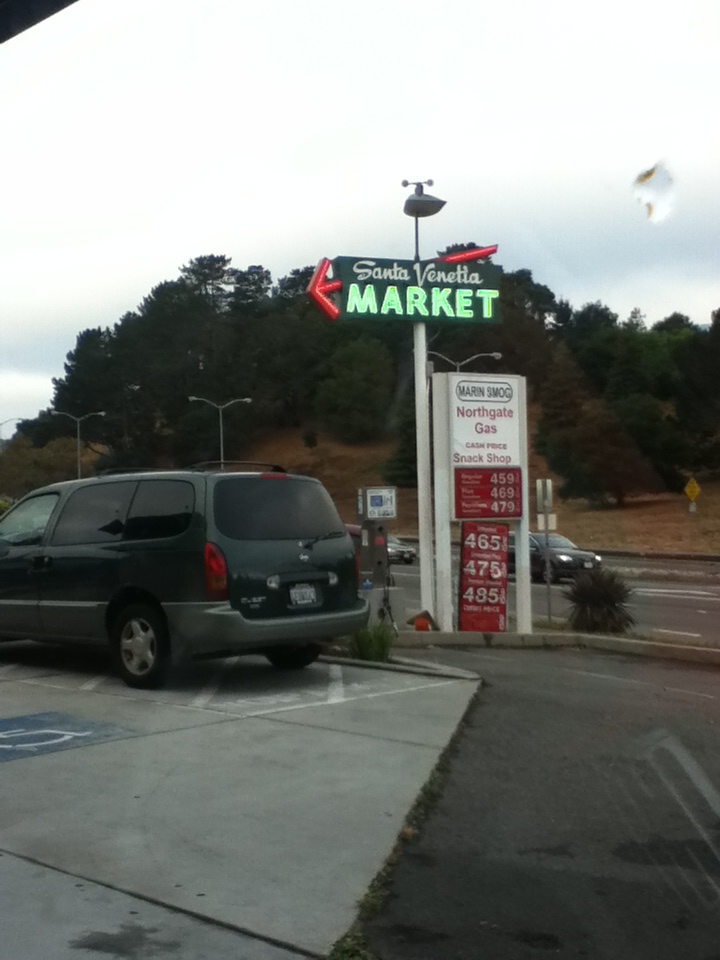Santa Venetia, California on:
[Wikipedia]
[Google]
[Amazon]
Santa Venetia is a


census-designated place
A census-designated place (CDP) is a Place (United States Census Bureau), concentration of population defined by the United States Census Bureau for statistical purposes only.
CDPs have been used in each decennial census since 1980 as the count ...
(CDP) in Marin County, California
California is a state in the Western United States, located along the Pacific Coast. With nearly 39.2million residents across a total area of approximately , it is the most populous U.S. state and the 3rd largest by area. It is also the m ...
, United States. It is located north of downtown San Rafael, at an elevation of . The population was 4,289 at the 2020 census.
Geography
Santa Venetia is located in eastern Marin County at . It is bordered to the south and west by the city of San Rafael (thecounty seat
A county seat is an administrative center, seat of government, or capital city of a county or civil parish. The term is in use in Canada, China, Hungary, Romania, Taiwan, and the United States. The equivalent term shire town is used in the US st ...
) and to the east by San Pablo Bay
San Pablo Bay is a tidal estuary that forms the northern extension of San Francisco Bay in the East Bay and North Bay regions of the San Francisco Bay Area in northern California.
Most of the Bay is shallow; however, there is a deep water c ...
, the northern part of the San Francisco Bay estuary. Gallinas Creek forms the northern edge of the community, and the eastern part of the CDP is occupied by China Camp State Park.
According to the United States Census Bureau
The United States Census Bureau (USCB), officially the Bureau of the Census, is a principal agency of the U.S. Federal Statistical System, responsible for producing data about the American people and economy. The Census Bureau is part of t ...
, the CDP has a total area of , of which , or 0.79%, are water.
The main road of the community is North San Pedro Road, which passes by the Frank Lloyd Wright
Frank Lloyd Wright (June 8, 1867 – April 9, 1959) was an American architect, designer, writer, and educator. He designed more than 1,000 structures over a creative period of 70 years. Wright played a key role in the architectural movements o ...
-designed Marin County Civic Center
The Marin County Civic Center, designed by Frank Lloyd Wright, is located in San Rafael, California, United States. Groundbreaking for the Civic Center Administration Building took place in 1960, after Wright's death and under the watch of Wrigh ...
. The road runs east through China Camp State Park, along the bay through Peacock Gap, and ends in San Rafael. Santa Venetia has an open space preserve for its marsh as it borders San Pablo Bay.
History
Santa Venetia is built on marshland that was filled in 1914. At that time, real estate developer Mabry McMahan envisioned a bayside luxury development modeled afterVenice
Venice ( ; it, Venezia ; vec, Venesia or ) is a city in northeastern Italy and the capital of the Veneto region. It is built on a group of 118 small islands that are separated by canals and linked by over 400 bridges. The isla ...
, Italy. Venice is known as "Venezia" in Italian; however, there is no actual Christian saint ("Santa") named Venice or Venetia. The development was designed to be complete with canals and gondolas. The economic decline following the First World War
World War I (28 July 1914 11 November 1918), often abbreviated as WWI, was one of the deadliest global conflicts in history. Belligerents included much of Europe, the Russian Empire, the United States, and the Ottoman Empire, with fightin ...
put an end to the project.
It was only after the Second World War that significant development took place in Santa Venetia, with suburban developments such as Gallinas Village being built on the land originally filled in 1914.
Santa Venetia was home to the local YMCA until it was destroyed by a fire in 1986. Eventually the property was purchased by a developer who erected residential houses that were completed in 1987.
During the 1960s and 1970s the area was known affectionately to residents, especially teenagers, as "Lower Scabo" and "Upper Scabo".
Today Santa Venetia is a quiet neighborhood with a rural feel. Residents treasure its proximity to China Camp State Park, and many homes along the canal have water access.
Demographics

2010
At the 2010 census Santa Venetia had a population of 4,292. The population density was . The racial makeup of Santa Venetia was 3,335 (77.7%) White, 88 (2.1%) African American, 27 (0.6%) Native American, 306 (7.1%) Asian, 16 (0.4%) Pacific Islander, 350 (8.2%) from other races, and 170 (4.0%) from two or more races. Hispanic or Latino of any race were 815 people (19.0%). The census reported that 4,080 people (95.1% of the population) lived in households, 65 (1.5%) lived in non-institutionalized group quarters, and 147 (3.4%) were institutionalized. There were 1,655 households, 480 (29.0%) had children under the age of 18 living in them, 769 (46.5%) were opposite-sex married couples living together, 180 (10.9%) had a female householder with no husband present, 81 (4.9%) had a male householder with no wife present. There were 87 (5.3%) unmarried opposite-sex partnerships, and 21 (1.3%) same-sex married couples or partnerships. 455 households (27.5%) were one person and 228 (13.8%) had someone living alone who was 65 or older. The average household size was 2.47. There were 1,030 families (62.2% of households); the average family size was 2.97. The age distribution was 802 people (18.7%) under the age of 18, 220 people (5.1%) aged 18 to 24, 961 people (22.4%) aged 25 to 44, 1,435 people (33.4%) aged 45 to 64, and 874 people (20.4%) who were 65 or older. The median age was 47.7 years. For every 100 females, there were 90.2 males. For every 100 females age 18 and over, there were 87.1 males. There were 1,706 housing units at an average density of 463.6 per square mile, of the occupied units 1,188 (71.8%) were owner-occupied and 467 (28.2%) were rented. The homeowner vacancy rate was 1.1%; the rental vacancy rate was 2.1%. 2,925 people (68.2% of the population) lived in owner-occupied housing units and 1,155 people (26.9%) lived in rental housing units.
2000
At the 2000 census there were 4,298 people, 1,646 households, and 1,048 families in the CDP. The population density was . There were 1,667 housing units at an average density of . Theracial makeup
A race is a categorization of humans based on shared physical or social qualities into groups generally viewed as distinct within a given society. The term came into common usage during the 1500s, when it was used to refer to groups of variou ...
of the CDP in 2010 was 68.5% non-Hispanic White, 2.0% non-Hispanic African American, 0.2% Native American, 7.0% Asian, 0.3% Pacific Islander, 0.3% from other races, and 2.6% from two or more races. Hispanic or Latino of any race were 19.0%.
Of the 1,646 households 25.5% had children under the age of 18 living with them, 49.0% were married couples living together, 10.6% had a female householder with no husband present, and 36.3% were non-families. 26.2% of households were one person and 12.7% were one person aged 65 or older. The average household size was 2.47 and the average family size was 2.91.
The age distribution was 18.1% under the age of 18, 5.2% from 18 to 24, 27.3% from 25 to 44, 29.1% from 45 to 64, and 20.3% 65 or older. The median age was 45 years. For every 100 females, there were 93.0 males. For every 100 females age 18 and over, there were 87.5 males.
The median household income was $75,600 and the median family income was $77,202. Males had a median income of $48,938 versus $42,500 for females. The per capita income for the CDP was $34,732. About 4.3% of families and 7.3% of the population were below the poverty line
The poverty threshold, poverty limit, poverty line or breadline is the minimum level of income deemed adequate in a particular country. The poverty line is usually calculated by estimating the total cost of one year's worth of necessities for t ...
, including 10.3% of those under age 18 and 6.1% of those age 65 or over.
Notable residents
* Science fiction author Philip K. Dick lived in Santa Venetia from 1967 to 1972. During this time, Dick was using methamphetamine and other drugs quite heavily, living semi-communally with a rotating group of mostly teenage drug users. His experiences during this time formed much of the basis for his novel ''A Scanner Darkly
''A Scanner Darkly'' is a science fiction novel by American writer Philip K. Dick, published in 1977. The semi-autobiographical story is set in a dystopian Orange County, California, in the then-future of June 1994, and includes an extensive p ...
''.
* Charles "Chuck" Riley, one of the two perpetrators of the 1975 " BBQ murders", lived in Santa Venetia up until the time of his arrest and eventual imprisonment. Riley and his girlfriend Marlene Olive murdered her adoptive parents, James and Naomi Olive, in Terra Linda and disposed of the bodies by burning them in a firepit in nearby China Camp State Park.
Santa Venetia Neighborhood Association
The SVNA is an activeneighborhood association
A neighborhood association (NA) is a group of residents or property owners who advocate to organize activities within a neighborhood. An association may have elected leaders and voluntary dues.
Some neighborhood associations in the United States ...
. It describes its mission as "preserv ngand promot ngthe quality of life in the Santa Venetia community". This is achieved by "encouraging healthy social interaction; facilitating the flow of information; and protecting the natural beauty and economic well-being of the community".
The SVNA holds regular community meetings, hosts social events and neighborhood work days and publishes a bi-monthly newsletter.
References
{{authority control Census-designated places in Marin County, California Census-designated places in California